Suppressing a sneeze can create airway pressure, leading to chest pain, ear infections, and, although less common, blood vessel rupture.
Sneezing is the body's way of expelling irritants such as germs, pollen, or dust from the nose and throat. Many people often suppress sneezing to maintain politeness in public or during meetings.
According to the American Lung Association, a strong sneeze can propel tens of thousands of droplets from the nose at speeds up to 160 kilometers per hour. Suppressing a sneeze traps the trapped airflow, putting significant pressure on the airways and potentially leading to various problems.
Chest pain
Suppressing the force of a sneeze can cause an uncomfortable feeling of tightness in the chest. The airflow puts pressure on the diaphragm (the muscle in the chest that helps us breathe). You may also feel pressure in your chest and ribs.
Perforated eardrum
A ruptured eardrum can occur when suppressing a sneeze, but it's rare. The nose and ear are connected by the Eustachian tube. When you suppress a sneeze, the pressure in the nose increases, and this pressure is transmitted to the ear through the Eustachian tube, causing injury to the eardrum. If a strong, continuous sneeze is held back, there is a high risk of eardrum perforation.
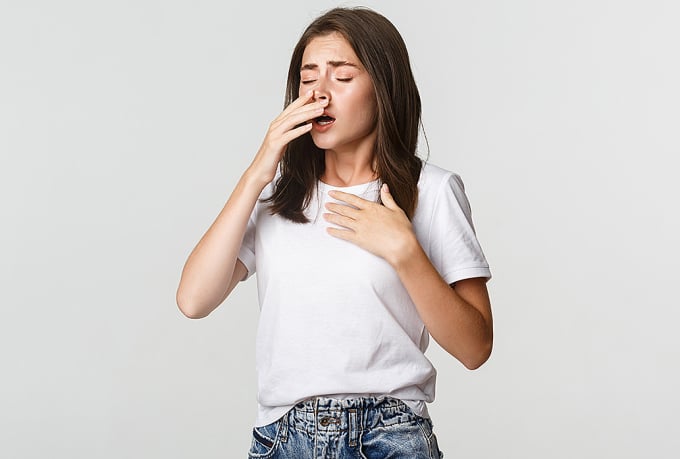
Sneezing helps remove irritants from the nose. Photo: Freepik
Ear infections
Sneezing due to a cold often carries mucus containing viruses or bacteria. These can travel from the nose through the Eustachian tube and into the ear, creating conditions for middle ear infections to develop. The middle ear may fill with pus, causing hearing loss and eardrum pain. Other symptoms include headache, discomfort, and a high fever above 39 degrees Celsius.
Rupture of blood vessels
Sneezing creates air pressure that can cause capillaries in the eyes, nose, or eardrums to rupture. After suppressing a sneeze, some red spots may appear on the eyeball, indicating that the blood vessels have been affected.
Suppressing a sneeze is uncomfortable, but most sneezes are not life-threatening. To avoid spreading germs, sneezeers should cover their mouth and nose with a tissue. Afterwards, discard the tissue and wash their hands thoroughly with soap and water or use hand sanitizer. If tissues are unavailable, the best way is to sneeze into your elbow, turn your face away, or stay away from others.
( According to Livestrong )
| Readers can ask questions about ear, nose, and throat diseases here for doctors to answer. |
Source link






![[Photo] Prime Minister Pham Minh Chinh holds a phone call with the CEO of Russia's Rosatom Corporation.](/_next/image?url=https%3A%2F%2Fvphoto.vietnam.vn%2Fthumb%2F1200x675%2Fvietnam%2Fresource%2FIMAGE%2F2025%2F12%2F11%2F1765464552365_dsc-5295-jpg.webp&w=3840&q=75)




































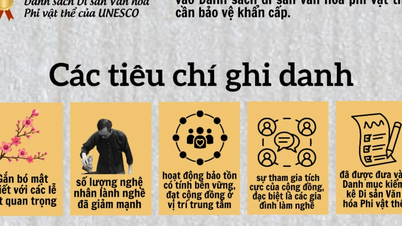





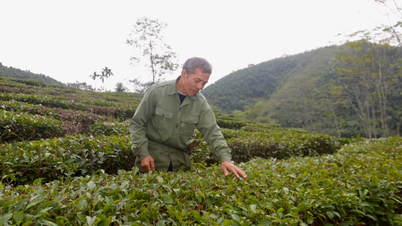







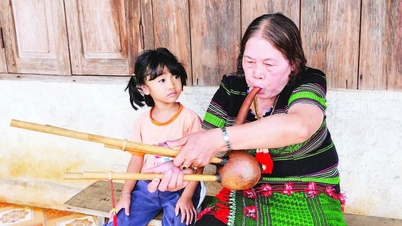

































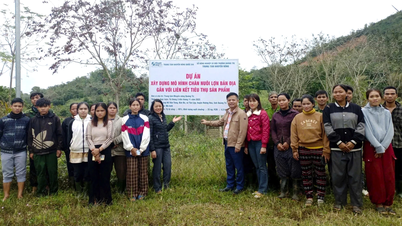

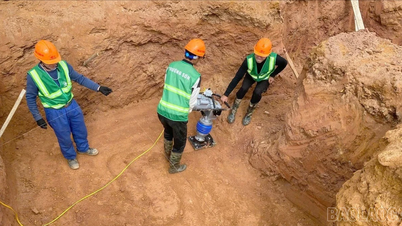



















Comment (0)